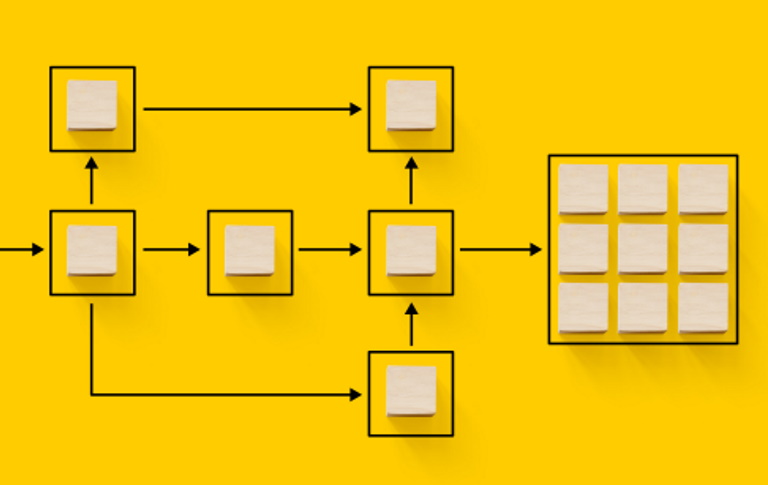There’s no getting away from the fact that the prospect of writing a workplace manual can be daunting. Whether you’re starting from scratch, or revising your current one, it can be tough to know where to start.
But fear not – we’re going to give you some inside tips on how to tackle it like a boss.
First things first: What should you include?
The foundation of your workplace manual should be your business’s policies, procedures and processes. They are the cornerstone of how your workplace operates, and how you deliver value, so it’s important you set these out clearly for new and experienced team members alike. They also articulate your standards for quality, consistency and efficiency.
In this post, we’re going to focus on each of these elements, and the differences between them.
Let’s get started.
1. Policies
While policy can be a dirty word in some situations (“Sorry, I can’t help you with that; it’s not our policy,”) your policies are your business’s non-negotiables. They provide the structural framework you build your delivery model around; they’re the foundation of all the decisions that will get made in your business, by whomever, at whatever level. Or at least, they should be.
Your policies should outline how your values manifest in your business, not to mention how you comply with any relevant regulations and legislation set by external entities like industry bodies and government agencies.
Policy development is usually the remit of a business’s senior management, as a business’s policies and are a statement of how the business is run – as much to the outside world as to its staff. Examples include Codes of Conduct, Anti-Slavery, Anti-Discrimination, and Social Media Management.
All your team members should be familiar with your business’s policies and should understand the principles behind them. This will not only help them engage more effectively with your clients and customers, but also help them make good decisions in their work each day.

2. Procedure
Where policies provide your business’s framework, processes set out how you’ll translate them into actions in your business. They’re like your recipe for successful outcomes. And like a recipe, you need to be sure you have the right tools and resources in place for your team to carry them out.
Procedures will usually be developed by subject matter experts or department managers and give step by step instructions on how to complete a particular task to an expected standard, consistently and efficiently. (There are those terms again – consistency and efficiency are the core themes of a good Workplace Manual)
Examples of procedures include things like Inventory Management, Staff Recruitment and Onboarding, or Customer Service. Procedures can include diagrams, flow charts and other visuals to help explain the steps involved.
Your procedures help your team members navigate their regular activities smoothly; they also serve to train new team members, and help other staff cover for their colleagues when they’re ill, or on holidays. Procedures have more flexibility than policies too, in that you can refine and adapt them over time to meet your business’s (and your clients’) changing demands.

3. Processes
Let’s talk about processes. If you’ve ever seen a conveyor belt in a factory, you can understand the concept of a process. The conveyor belt moves raw materials through a series of steps to create a finished product. A process moves data or tasks through a set of actions to achieve a desired outcome.
The thing about a conveyor belt is that in needs to be well designed and well maintained so it completes each step in the process (you guessed it) consistently and efficiently. It also allows for modifications where you want to adjust the outcome – for example, in creating a slightly different product – while maintaining optimum flow.
Examples here include Product Development, Sales, and Supply Chain Management. Processes are usually more complex than procedures and can involve multiple departments or stakeholders. They might include metrics or key performance indicators (KPIs) to measure performance and help identify areas for improvement.
That’s a wrap! (For now)
When you’re bringing together your Workplace Manual, your policies, procedures, and processes are a critical starting point. Your policies define your rules and are the decision-making guidelines for everyone in your organisation. Procedures provide the instructions everyone needs to complete their work to a consistent standard. And your processes inform the wider system for completing complex tasks.
A good Workplace Manual defines the principles and purpose behind each of these things, and does so in a way that’s easy to understand, and to use, by everyone in your organisation, every working day. Oh, and it assures those two key things: Consistency and Efficiency.
Want some more advice on how to create a great Workplace Manual for your business? Way We Do helps you execute with ease. Just drop us a line to get started, or sign up for a free 14-day trial!





